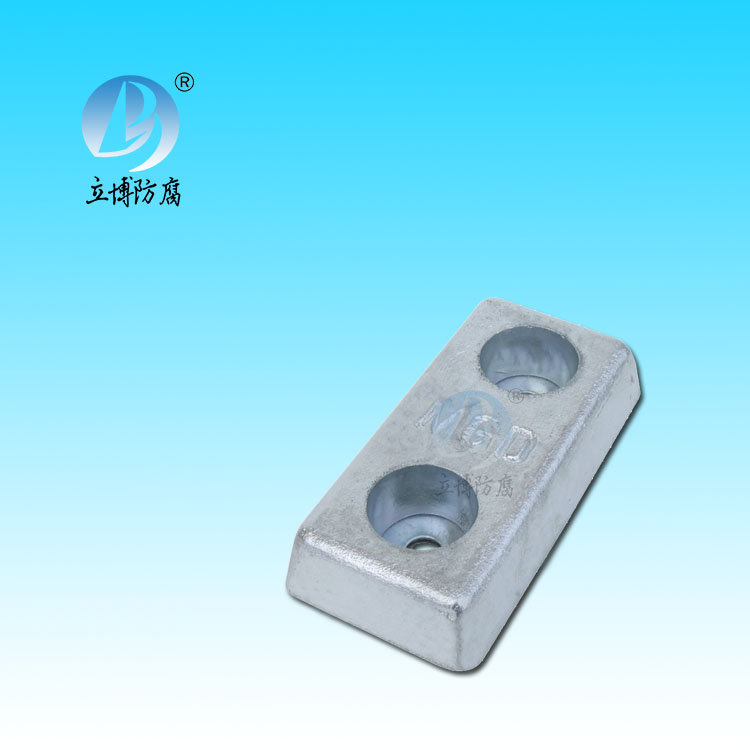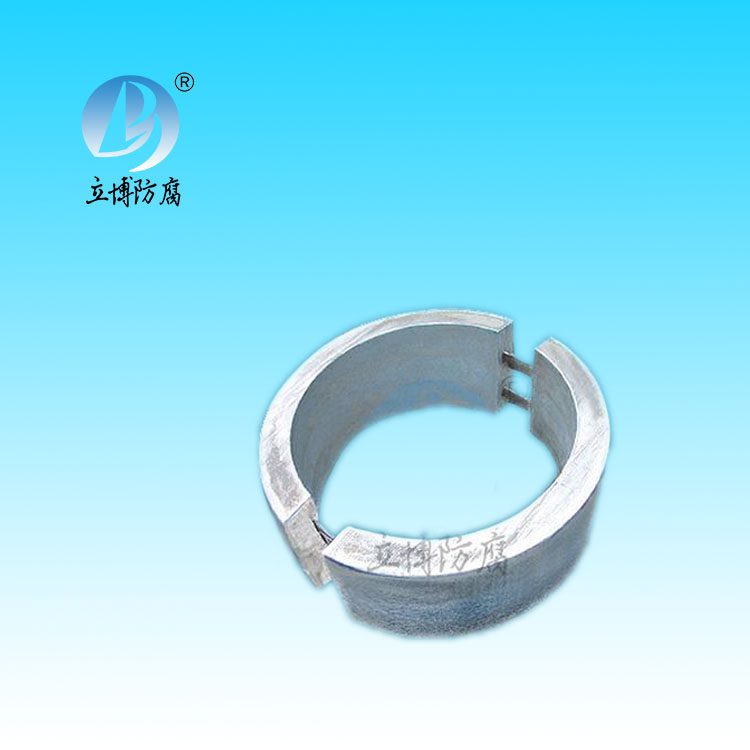News
News
- What is a sacrificial anode
- Basic requirements for reference...
- What does the reference electrode do...
- Why are zinc blocks attached to the ...
- What is the principle of impressed...
- What material does metal structure...
Contact
Phone:18739187123
hotline:0391-7588881
E-mail:970512272@qq.com
Address:Wuzhi County, Jiaozuo City, China
Company News
Selection of mounting position for magnesium anode
- Author:Libo
- Source:wwww.hellobodies.com
- Date:2021-06-11
- Click:0
When determine the size and weight of the magnesium anode, our next task is to install it on the right position, the tank from the intuitive point of view, installed in the ground position is about the same, because many of magnesium anode installation, depending on the installation on the flange or on the top or bottom of the tank, because of production, So the magnesium anode is naturally installed directly into the tank in most cases.
It was also suggested that he felt that the protective anode should not be installed behind the internal assembly, as doing so would hinder the transmission of the protective current.
Let us recall the electrochemistry principle to help us make the first choice for the installation of the magnesium anode. Let's think of the magnesium anode as a light bulb. Remember the light bulb is generally installed in place to produce enough lighting, brought light to every one, so that we can be the next to the conclusion that magnesium anode is installed in parallel with the main body of the tank with internal components and can keep sufficient distance, for there is no enamel tank and the installation of the insulation, the material is stainless steel heating tube, Can create shielding resulting in "shadow" or at least not enough light to cover the tank.
Again, "light bulbs" have their drawbacks, but they have similar electrochemical systems, such as the luminometer, which can distinguish between light, shadow and darkness. We can also use special electrochemical electrolytes to distinguish between sufficient polarization (equivalent to light), current Yin and Yang, and insufficient polarization, i.e., insufficient cathodic protection (equivalent to darkness).
Such side tests require laboratory equipment including digital oscilloscope to enable us to know whether the enamel tank is cathodic protected or not.







 客服QQ
客服QQ